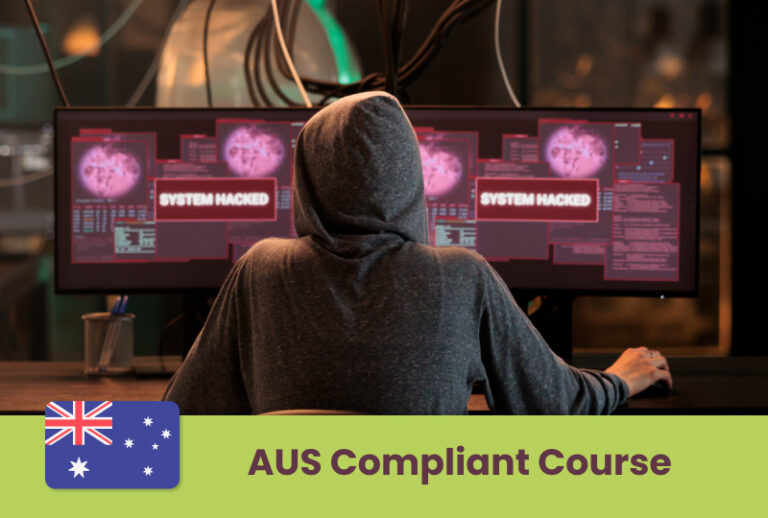
$75
Per course if individual. For larger volumes, we can quote at very reasonable rates. Contact Us.
This practical course empowers individuals to detect, assess, and respond appropriately to suspicious behaviour and safety threats in the workplace or community
Through real-world examples, emergency response protocols, and interactive scenarios, participants will learn how to handle suspicious activity effectively, including people, vehicles, objects, and bomb threats. Emphasis is placed on quick thinking, informed decision-making, and following proper safety procedures to reduce harm and maintain a secure environment.
Keywords: Suspicious Activity Training, Safety Threat Response, Emergency Preparedness Course, Bomb Threat Procedures, Workplace Security Awareness, Identifying Suspicious Behaviour, Threat Assessment, Emergency Response Training, Public Safety Education, Safety Risk Management